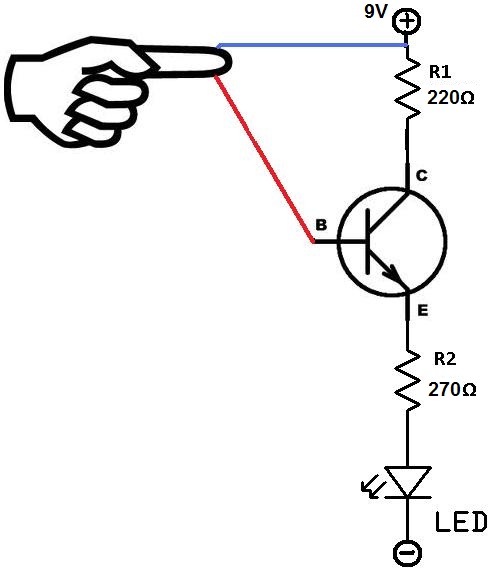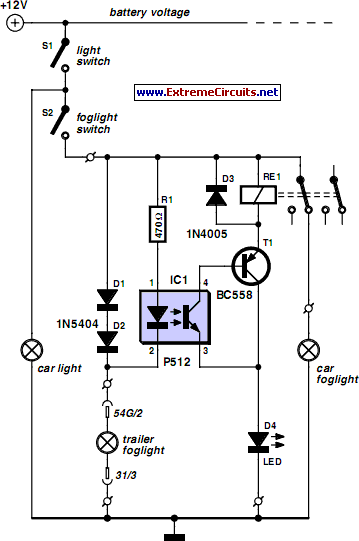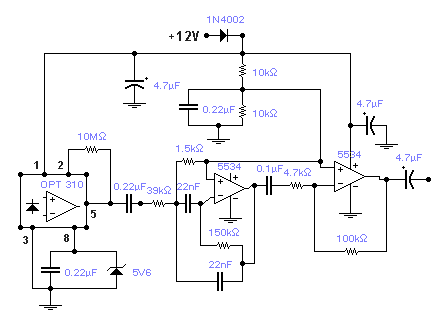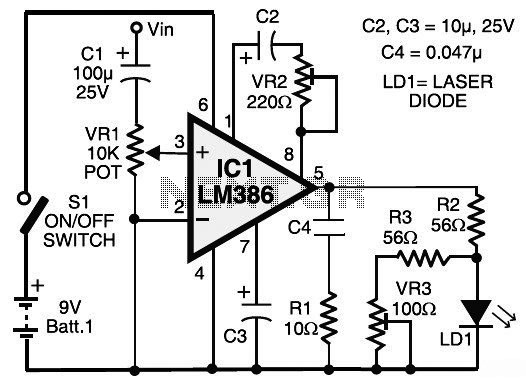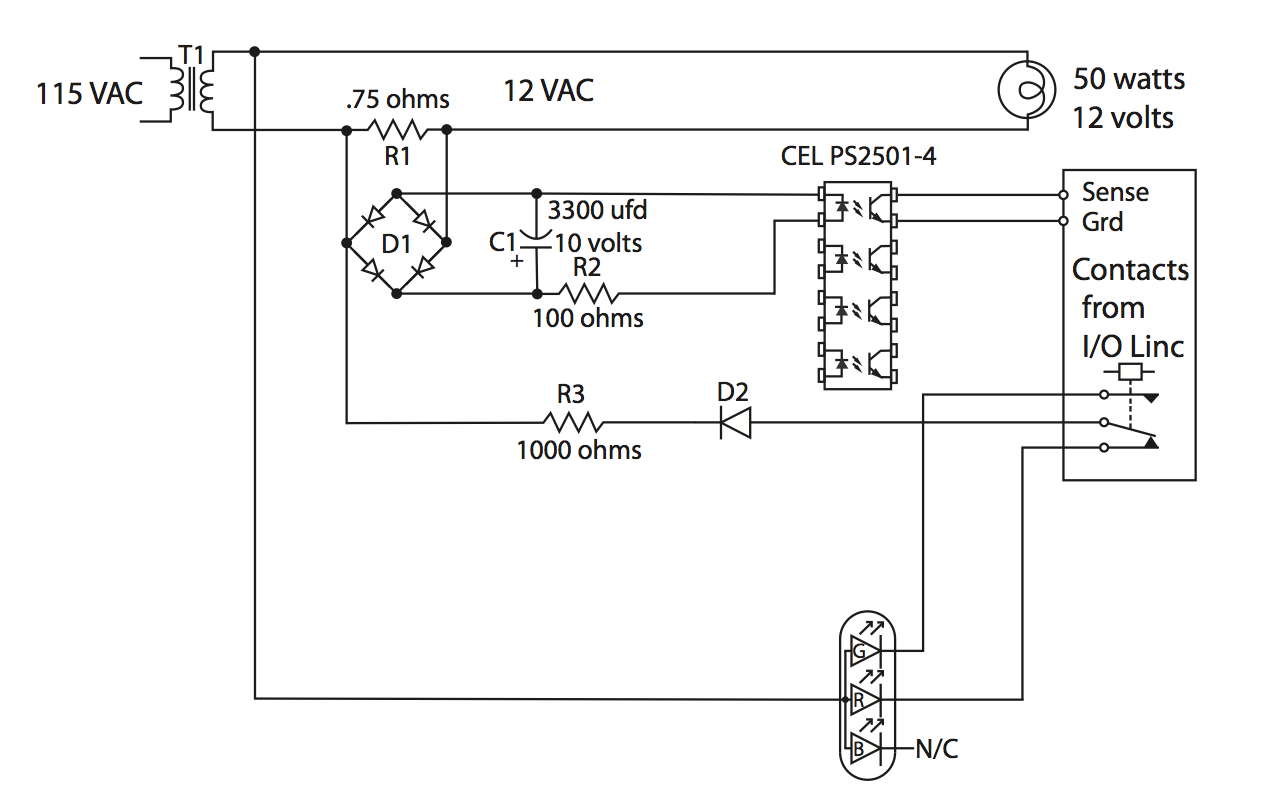
TLV3702 Laser Pointer Sensor
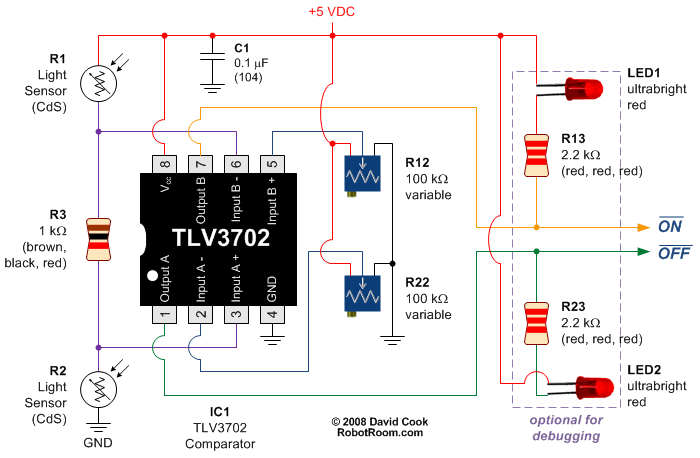
This circuit illustrates the TLV3702 Laser Pointer Sensor Circuit Diagram. Features include its application in starting a robot and its effective functionality for control purposes.
The TLV3702 Laser Pointer Sensor Circuit utilizes the TLV3702 comparator to detect the presence of a laser beam, which can be employed in various applications such as robotics and automation. The circuit typically consists of a laser pointer that emits a beam directed towards a photodiode or phototransistor. When the laser beam strikes the photodiode, it generates a small current proportional to the intensity of the light, which is then fed into the TLV3702 comparator.
The TLV3702 operates on a single supply voltage, typically ranging from 2.7V to 5.5V, making it suitable for battery-powered applications. The output of the comparator can be configured to trigger various actions, such as starting a motor or activating another circuit element in response to the detection of the laser beam.
In a typical configuration, the circuit may include resistors to set the threshold voltage at which the comparator output switches states. This allows for fine-tuning the sensitivity of the laser detection. Additional components such as capacitors may be included to filter noise and stabilize the output signal.
The design may also incorporate an LED indicator that illuminates when the laser is detected, providing a visual confirmation of the sensor's operation. This circuit can be effectively integrated into robotic systems for navigation or object detection, enhancing the overall functionality and responsiveness of the robot.
Overall, the TLV3702 Laser Pointer Sensor Circuit is a versatile and efficient solution for applications requiring precise laser detection and control mechanisms.This circuit shows about TLV3702 Laser Pointer Sensor Circuit Diagram . Features: such as starting a robot, perfectly functional for controlling a .. 🔗 External reference
The TLV3702 Laser Pointer Sensor Circuit utilizes the TLV3702 comparator to detect the presence of a laser beam, which can be employed in various applications such as robotics and automation. The circuit typically consists of a laser pointer that emits a beam directed towards a photodiode or phototransistor. When the laser beam strikes the photodiode, it generates a small current proportional to the intensity of the light, which is then fed into the TLV3702 comparator.
The TLV3702 operates on a single supply voltage, typically ranging from 2.7V to 5.5V, making it suitable for battery-powered applications. The output of the comparator can be configured to trigger various actions, such as starting a motor or activating another circuit element in response to the detection of the laser beam.
In a typical configuration, the circuit may include resistors to set the threshold voltage at which the comparator output switches states. This allows for fine-tuning the sensitivity of the laser detection. Additional components such as capacitors may be included to filter noise and stabilize the output signal.
The design may also incorporate an LED indicator that illuminates when the laser is detected, providing a visual confirmation of the sensor's operation. This circuit can be effectively integrated into robotic systems for navigation or object detection, enhancing the overall functionality and responsiveness of the robot.
Overall, the TLV3702 Laser Pointer Sensor Circuit is a versatile and efficient solution for applications requiring precise laser detection and control mechanisms.This circuit shows about TLV3702 Laser Pointer Sensor Circuit Diagram . Features: such as starting a robot, perfectly functional for controlling a .. 🔗 External reference
